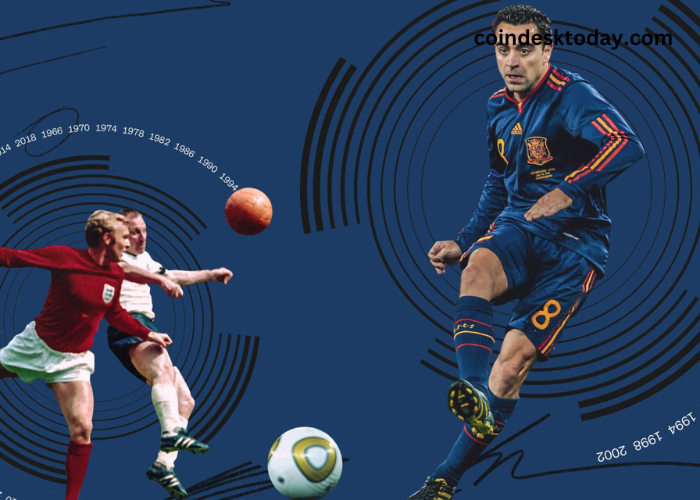Soccer, known as “the beautiful game,” has captivated millions worldwide for over a century. Its simplicity, requiring only a ball and a pair of goals, contrasts with the deep complexity of its strategies and the rapid advancements in technology that have reshaped it over the years. From tactical innovations on the field to the integration of cutting-edge technology, soccer continues to evolve, ensuring it remains at the pinnacle of global sports.
Tactical Evolution: From Kick-and-Rush to Tiki-Taka
Soccer tactics have undergone significant transformations since the early days of the sport. The initial formations were simple, with an emphasis on attacking play. The 2-3-5 formation, known as the “pyramid,” dominated early 20th-century soccer, focusing on overwhelming the opponent with sheer attacking numbers.
The mid-20th century saw a shift towards more balanced and defensive strategies. The introduction of the 4-4-2 formation brought about a more organized approach, emphasizing a strong midfield presence and defensive solidity. This period also saw the rise of the “catenaccio” system, pioneered by Italian clubs, which emphasized a highly structured and defensive style of play.
The late 20th and early 21st centuries marked the emergence of more sophisticated and fluid tactical systems. Johan Cruyff’s “Total Football,” where players seamlessly interchanged positions, revolutionized the game. Later, the “tiki-taka” style, popularized by Pep Guardiola’s Barcelona, emphasized short, quick passes and maintaining possession, requiring high levels of technical skill and coordination.
The Impact of Data Analytics
The advent of data analytics has profoundly impacted soccer tactics. Coaches and analysts now have access to vast amounts of data on player performance, opposition tendencies, and in-game events. This data-driven approach allows for more informed decision-making, from team selection to in-game adjustments.
Analytics tools like expected goals (xG), player heatmaps, and passing networks provide insights that were previously unattainable. These tools help coaches identify strengths and weaknesses, optimize player positioning, and develop strategies tailored to exploit opponents’ vulnerabilities. For instance, Leicester City’s unexpected Premier League triumph in the 2015-2016 season was attributed in part to their effective use of data analytics to identify undervalued players and craft a counter-attacking strategy.
Technological Advancements: VAR and Beyond
Technology’s influence on soccer extends beyond tactics and analytics. The introduction of Video Assistant Referee (VAR) has been one of the most significant technological advancements in recent years. VAR aims to reduce human error by allowing referees to review key decisions, such as goals, penalties, and red cards, through video replays. While VAR has been controversial, with debates over its impact on the game’s flow and spirit, it has undeniably added a layer of accuracy and fairness to officiating.
Wearable technology is another area where soccer is experiencing a revolution. GPS trackers and performance monitoring devices provide real-time data on players’ physical metrics, such as distance covered, speed, and heart rate. This information helps coaches manage player fitness, prevent injuries, and tailor training programs to individual needs.
The Future: AI and Beyond
Looking ahead, artificial intelligence (AI) and machine learning are poised to further transform soccer. AI can analyze vast datasets to predict match outcomes, player transfers, and even potential injuries. Clubs are investing in AI-driven scouting systems to identify talent based on performance metrics rather than solely relying on traditional scouting methods. Discover the excitement of Babaijebu, a premier website offering a wide range of gaming options. Play and win big with our thrilling games today!
Moreover, virtual reality (VR) and augmented reality (AR) are set to revolutionize fan engagement and training methods. VR can create immersive training environments, allowing players to experience match scenarios and improve decision-making skills without physical exertion. For fans, AR can enhance the viewing experience by providing real-time statistics and interactive content during matches.
Conclusion
The evolution of soccer is a testament to the sport’s enduring appeal and adaptability. From tactical innovations that redefine how the game is played to technological advancements that enhance fairness, performance, and fan engagement, soccer continues to evolve. As we look to the future, the integration of AI, VR, and other emerging technologies promises to further elevate the beautiful game, ensuring it remains at the forefront of global sports.

